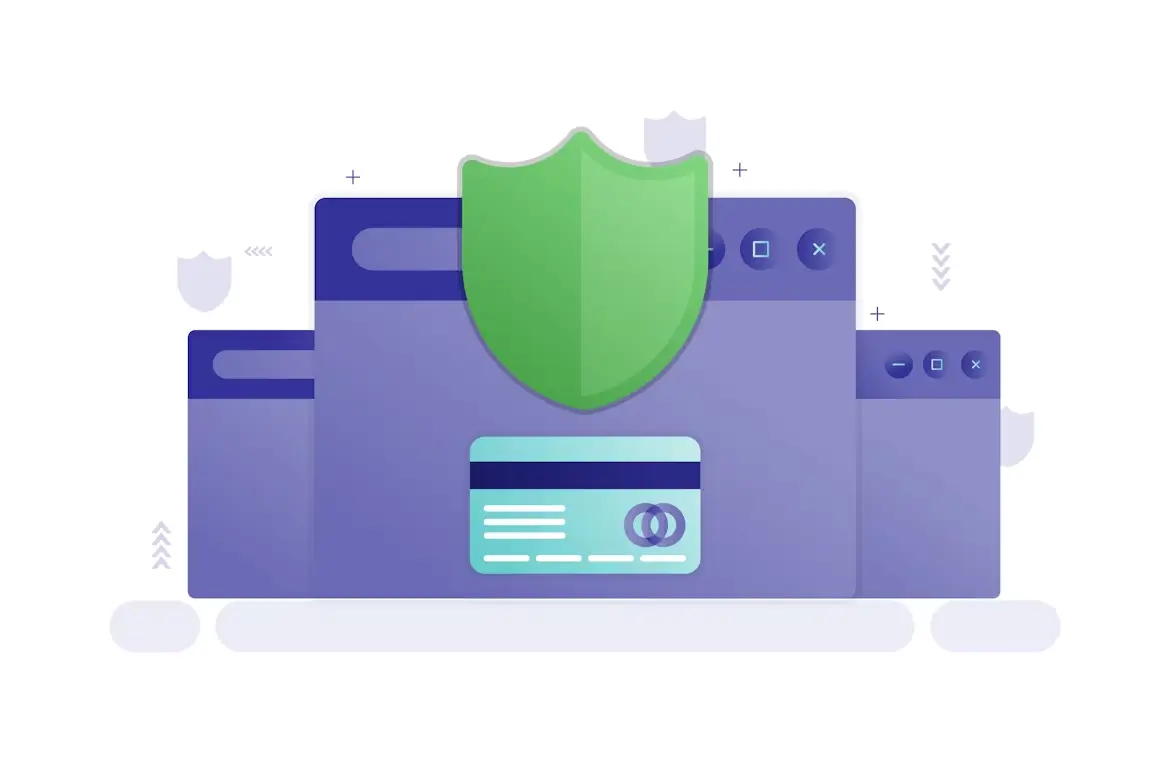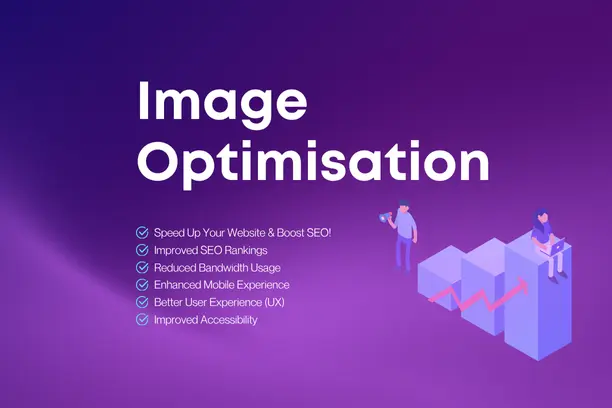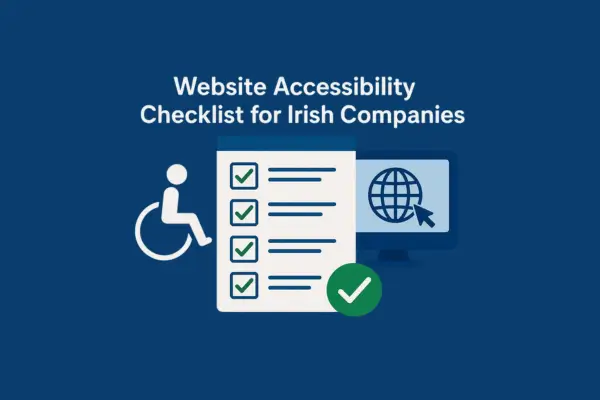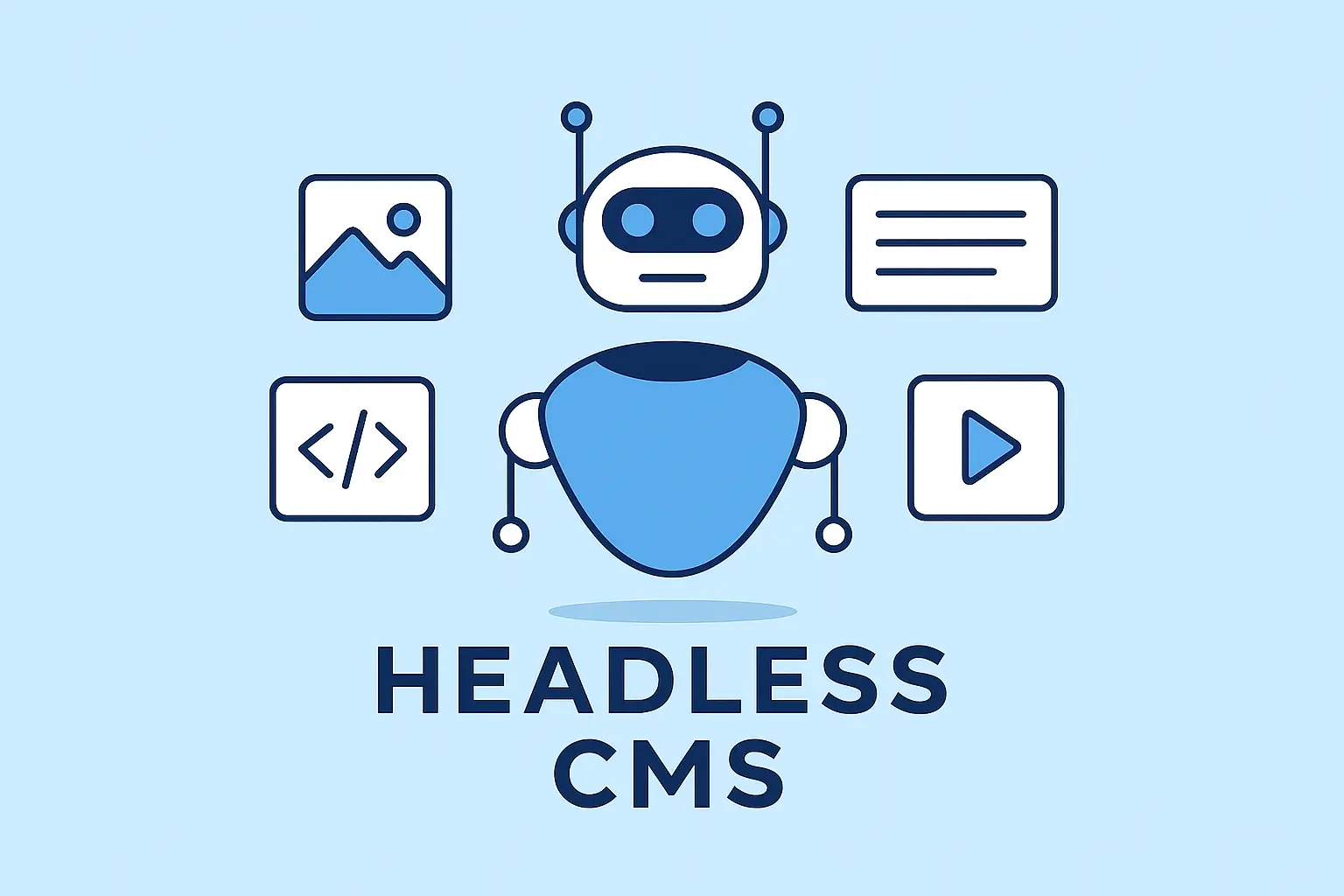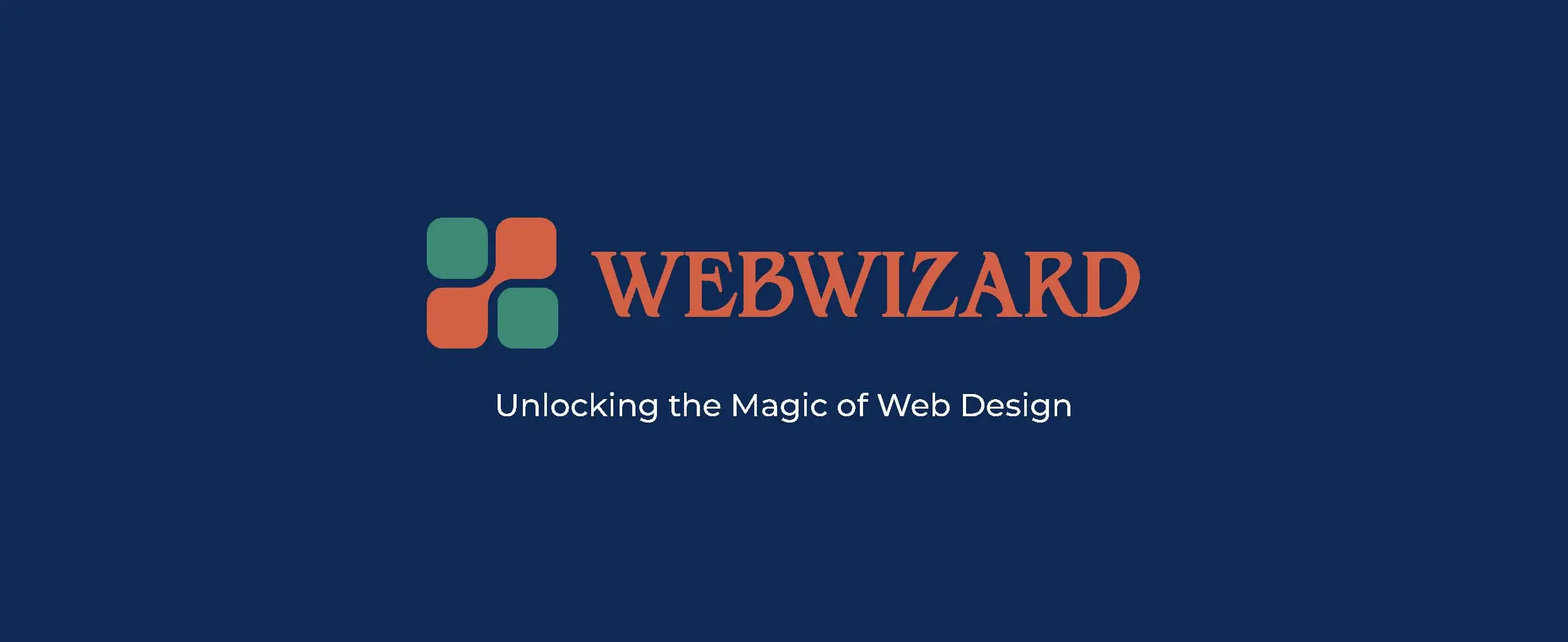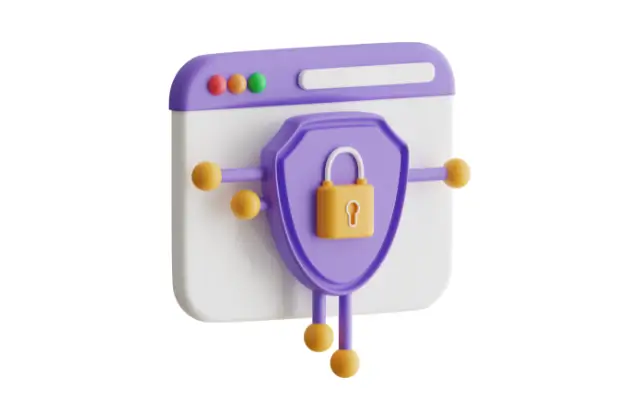Updatated on Oct 13, 2025
Introduction
If you run an e-commerce website on WordPress, securing your online transactions is absolutely essential. Your customers trust you with sensitive information such as payment details and personal data. Even a small vulnerability can lead to data breaches, fraudulent transactions, and loss of customer trust. In this in-depth guide, we’ll walk you through the best practices to secure online payments on WordPress and WooCommerce — including SSL setup, payment gateway selection, hosting security, PCI compliance, and more. Whether you’re a small business owner in Dublin or a growing e-commerce brand in Galway, these steps will help keep your website safe and your customers confident. 🛠️ Related Read: The Benefits of SSL Certificates for Irish Business Websites WordPress powers over 40% of the world’s websites, including thousands of Irish e-commerce stores. Its popularity, however, makes it a frequent target for hackers. If your online store processes customer payments, protecting that data is your responsibility — both ethically and legally. A secure WordPress site doesn’t just prevent attacks; it also boosts your SEO rankings and builds customer trust. In Ireland, where online shopping continues to grow rapidly, users are more cautious about where they enter their card details. Fictional Case Example: An Irish boutique, CelticCrafts.ie, noticed customers abandoning carts due to “Not Secure” warnings. After installing an SSL certificate and switching to Stripe for payments, conversions increased by 27%. This simple security upgrade not only protected data but also improved sales. An SSL certificate encrypts the data exchanged between your customer’s browser and your website. It ensures private information such as passwords and payment details are transferred securely. Once installed, browsers will display a padlock icon next to your domain name — reassuring users that the connection is secure. Google also rewards HTTPS sites with better SEO rankings. Using secure and reliable payment gateways is the backbone of safe online transactions. Gateways like Stripe, PayPal, or WooCommerce Payments handle sensitive card details on your behalf and ensure compliance with global payment standards. Trusted gateways provide encryption, fraud prevention, and dispute resolution systems. They also help your business stay PCI compliant — a requirement for handling payment data. Many WordPress security breaches happen because site owners forget to update their software. Hackers often exploit outdated plugins or themes with known vulnerabilities. A secure web host is your first defence against cyber threats. Look for hosting providers that include firewalls, DDoS protection, and malware scanning. Additionally, install plugins like Wordfence or Sucuri for extra security. At Web Wizard, our custom web development services include secure server configuration and continuous monitoring. Your WordPress admin dashboard is a prime target for brute-force attacks. Strengthening it with a few extra measures can stop unauthorised access completely. These simple tweaks dramatically reduce security risks. Remember, prevention is always easier than recovery. PCI DSS (Payment Card Industry Data Security Standard) ensures that businesses handling card payments maintain a secure environment. Non-compliance can lead to fines or loss of payment privileges. Fortunately, most payment gateways handle PCI compliance automatically. Stripe and PayPal both meet the latest PCI DSS standards. If you’re unsure whether your site meets compliance requirements, Web Wizard can perform a security audit to identify and fix any issues. Even with all precautions in place, things can go wrong. That’s why consistent backups and monitoring are vital for recovery and prevention. Tools such as WP Activity Log or MalCare allow you to monitor user activity and detect suspicious behaviour early. Set up email alerts for failed login attempts, unusual admin actions, or changes to payment settings. Irish SMEs can benefit greatly from localised hosting and domain-level protection too. Services like IE Domain Registry provide added trust for Irish shoppers. Securing online transactions on WordPress is more than just installing a few plugins — it’s about protecting your business reputation, customer trust, and revenue. By following these steps, you’ll have a faster, more secure, and more professional website that meets global standards. At Web Wizard, we help Irish businesses build secure, professional WordPress and WooCommerce websites. From SSL setup to custom payment integrations, our e-commerce web design services ensure your store is fast, compliant, and ready to grow. Ready to secure your online store? Contact Web Wizard today for a free consultation and website security audit.Why Securing Online Transactions in WordPress Matters
Risk
Impact on Business
Solution
Unsecured Transactions
Leads to fraud and loss of trust
Enable SSL (HTTPS) and use secure gateways
Outdated Plugins
Easy entry point for hackers
Regularly update and delete unused plugins
Weak Passwords
Brute-force login attacks
Use strong passwords and 2FA
Step 1: Install an SSL Certificate (HTTPS)
How to Set Up SSL in WordPress
https://.Step 2: Use Trusted Payment Gateways
How to Enable Secure Gateways in WooCommerce
Step 3: Keep WordPress, Themes, and Plugins Updated
Step 4: Choose Secure Hosting & Add Firewalls
Security Feature
Description
Web Application Firewall (WAF)
Blocks malicious traffic before it reaches your site
Malware Scanner
Identifies and removes harmful files automatically
DDoS Protection
Prevents downtime from distributed denial attacks
Step 5: Strengthen Your WordPress Admin Area
Step 6: Ensure PCI DSS Compliance
Step 7: Regular Backups and Website Monitoring
Backup Best Practices
Monitoring Tools
Additional Tips for Irish SMEs
Final Thoughts

